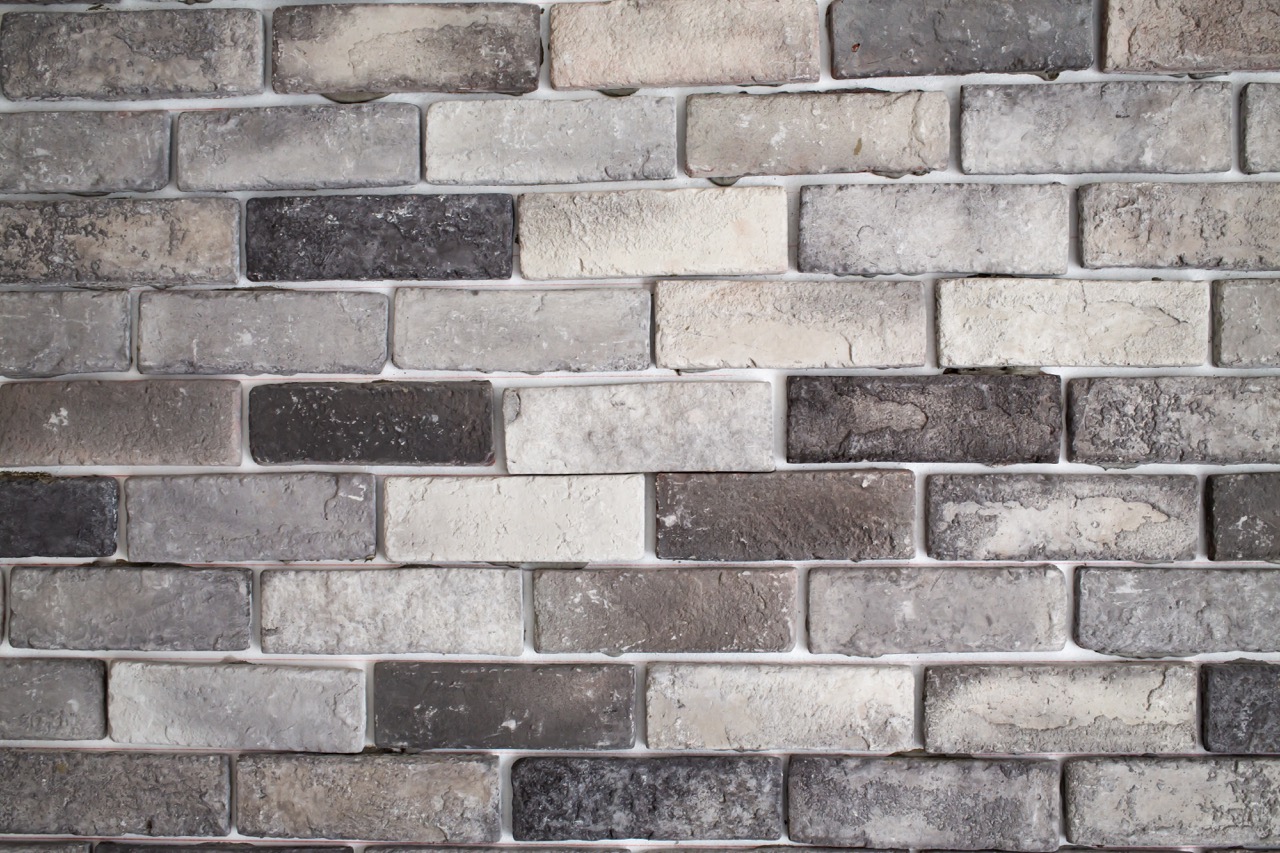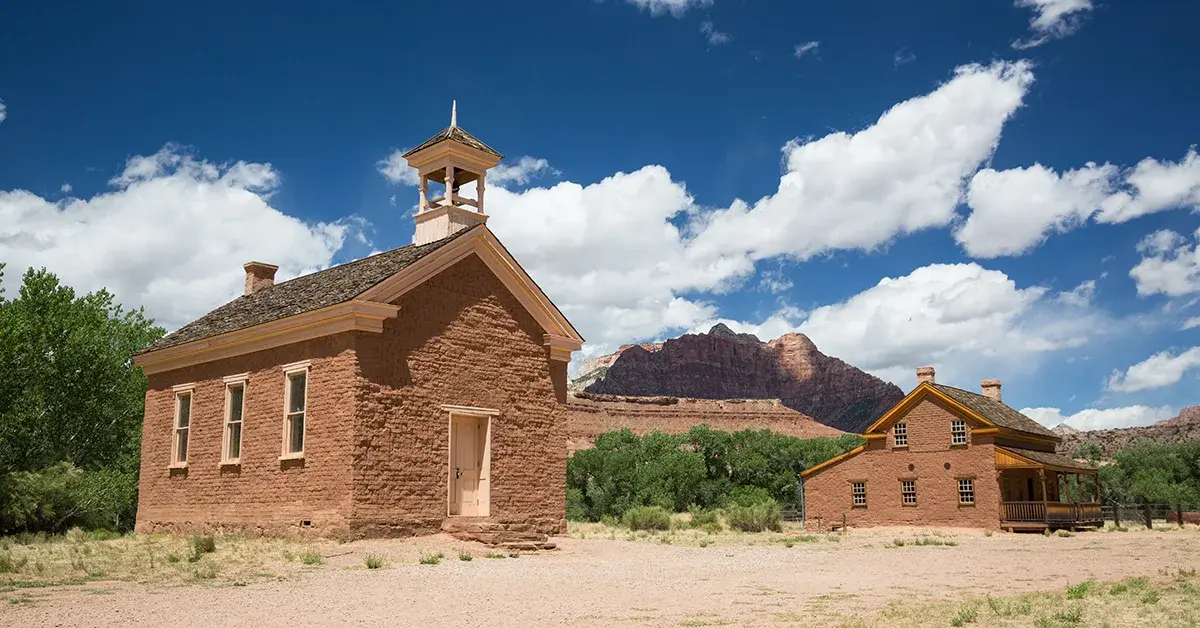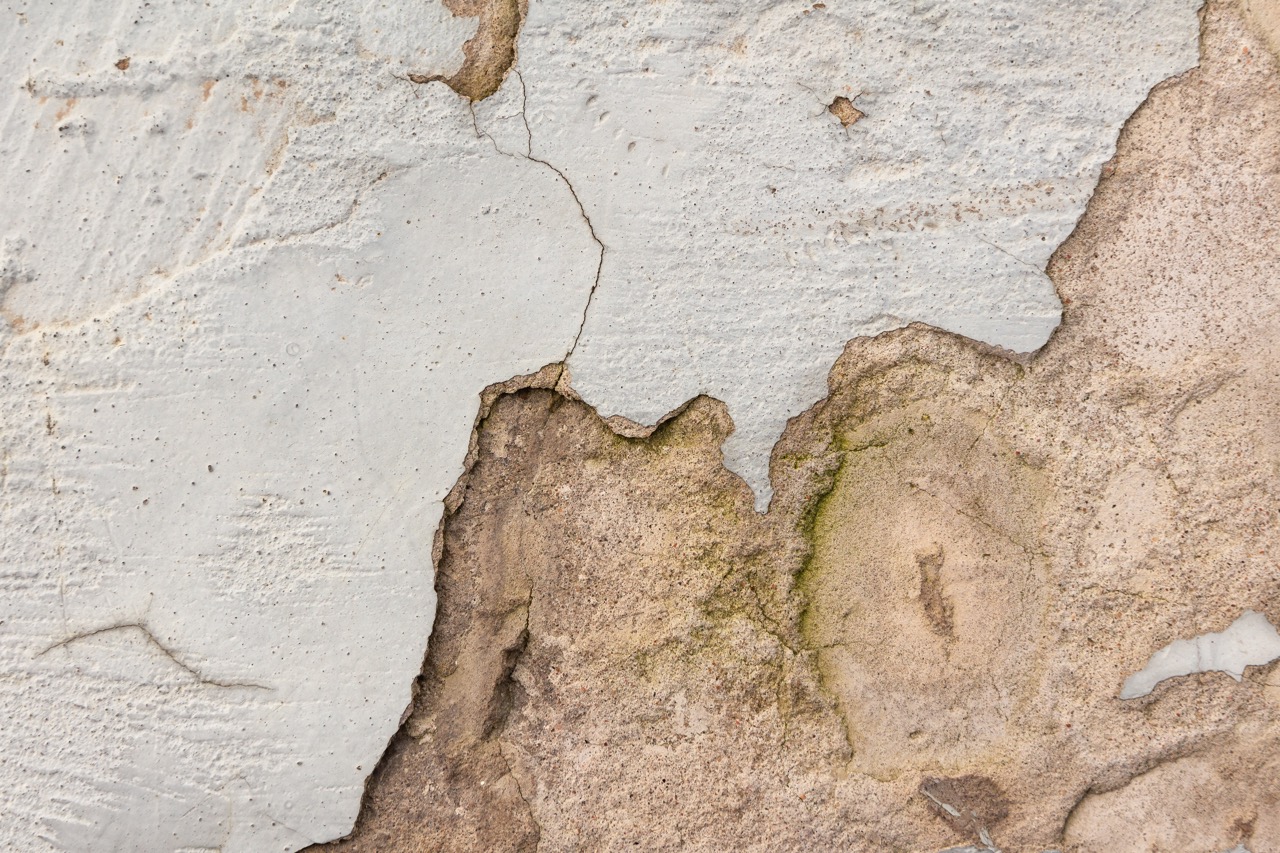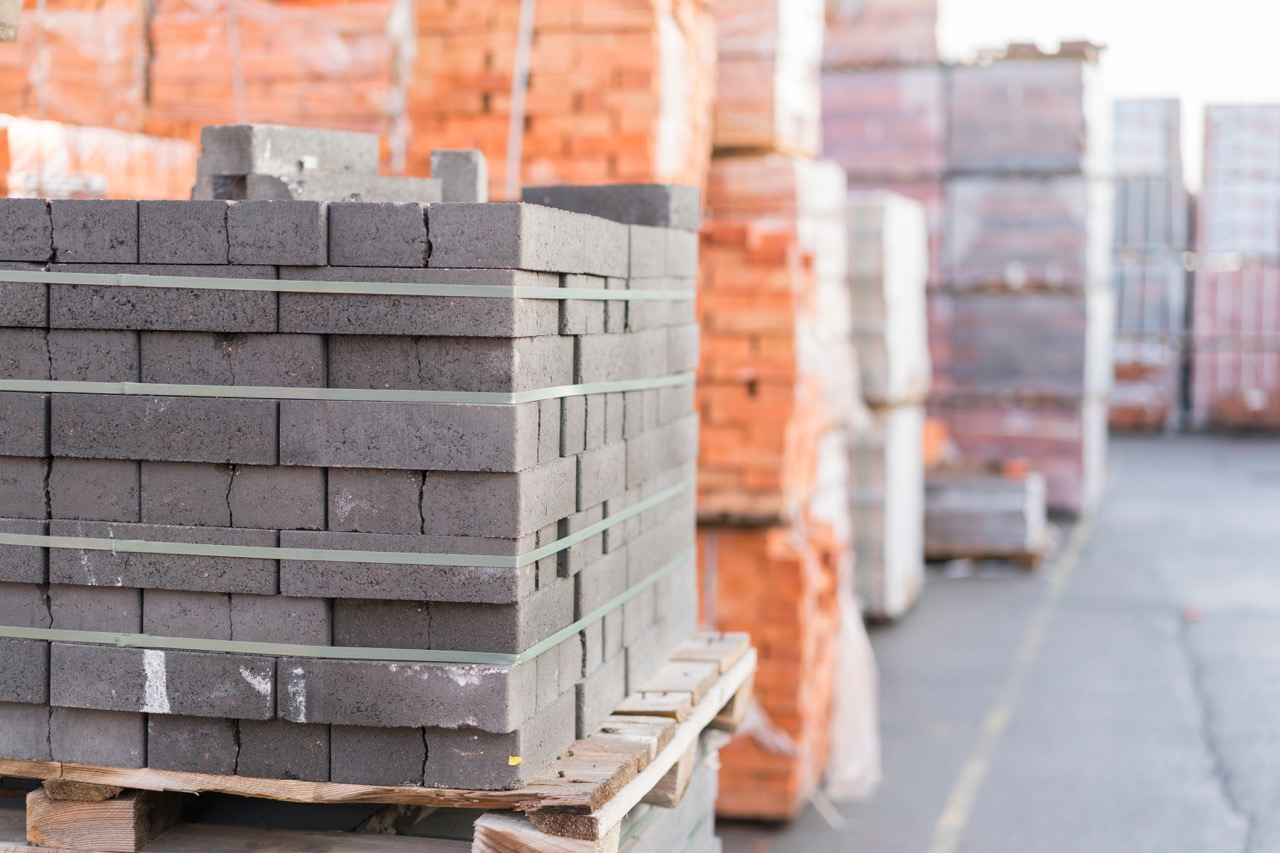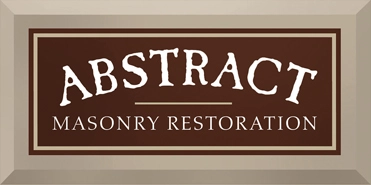When removing paint from historic structures, it is crucial that it be done in a way that doesn’t harm the integrity of the masonry materials underneath the paint. Many paint stripping chemicals can cause erosion and discoloration of the masonry. The team at Abstract Masonry excels at providing top-notch paint stripping services that are done with the utmost care and precision. Below you will find tips that will make the process a little more understandable and a little more painless, as a result.
According to preservation best practices, unpainted masonry houses and buildings should not be painted. If your historic house or building has been painted for years, your masonry was probably deteriorating or damaged. Deterioration can happen if bricks are too soft. Damage can be caused by sandblasting and high-pressure washing. An experienced preservation mason should be able to tell you whether your brick can be stripped back to its natural state or must remain painted due to earlier damage.
If you’ve determined that repainting is critical to saving or maintaining your damaged masonry, use highly vapor-permeable paint. Historic preservation masonry supply companies are available across the country to provide you with the right breathable paint for your project. Follow the steps below to prepare your masonry surfaces for paint.
Step 1: Scrape Or Remove Paint
Your masonry house or building may have many coats of paint on its exterior. The presence of many paint layers can lead to paint failure due to the incompatibility of the different paints. If your house or building has fewer than three complete paint jobs (fewer than nine coats of paint), you can carefully remove loose paint with a thin-blade putty knife. Avoid scraping historic masonry with a carbide scraper or anything that could damage the historic exterior surface.
If your house or building has three or more complete paint jobs, you should remove all the paint using specialized chemical paint removers, or strippers, designed to safely remove paint from masonry.
There are many manufacturers of these strippers, and they have decades of experience in specifying the right products to use. When you contact these companies to find the right stripper for your project, describe your masonry in very specific terms. When you are removing exterior paint, it is critical for you to wear a properly fitted double cartridge respirator rated for lead paint. You should also follow all other practices for safely managing lead paint on your property.
Step 2: Clean The Surfaces To Be Painted
You should use a mixture of synthetic TSP and water to hand-wash all bare masonry and solid paint that remains on your masonry surfaces. Use ¼ cup of TSP for every gallon of water. Before you begin, tarp off the area where you are working to prevent the TSP from seeping into the ground. Be sure to wear eye protection and gloves. When you are done scrubbing, rinse the masonry surfaces with clear water from your garden hose.
Do not use high-pressure washing to clean a masonry surface. High-pressure washing can damage masonry surfaces. It is also a major cause of catastrophic paint failure. High-pressure washing will drive so much moisture deep into the masonry that it could take months to dry enough for painting.
Step 3: Repair Damaged Components
Repair or replace any rotted or cracked brick moldings, eaves, or other wood components surrounding the masonry. Repair any failing mortar with mortar that is softer than your brick or stone. Allow the mortar to cure thoroughly before you prime, caulk or paint the masonry.
Step 4: Check Moisture Content
Before you apply any primer, paint, or caulk, use a moisture meter to test the moisture content of the masonry. Paint will not adhere to any masonry surface with a moisture content that exceeds 15 percent. You can purchase a masonry-grade moisture meter at masonry supply stores and sometimes lumber yards.


